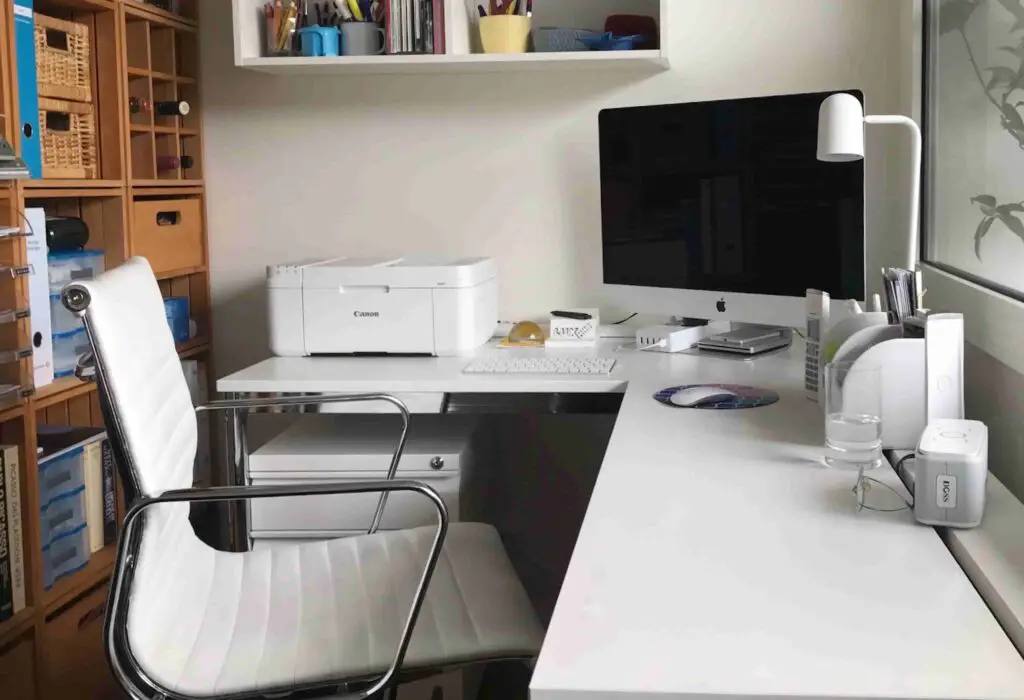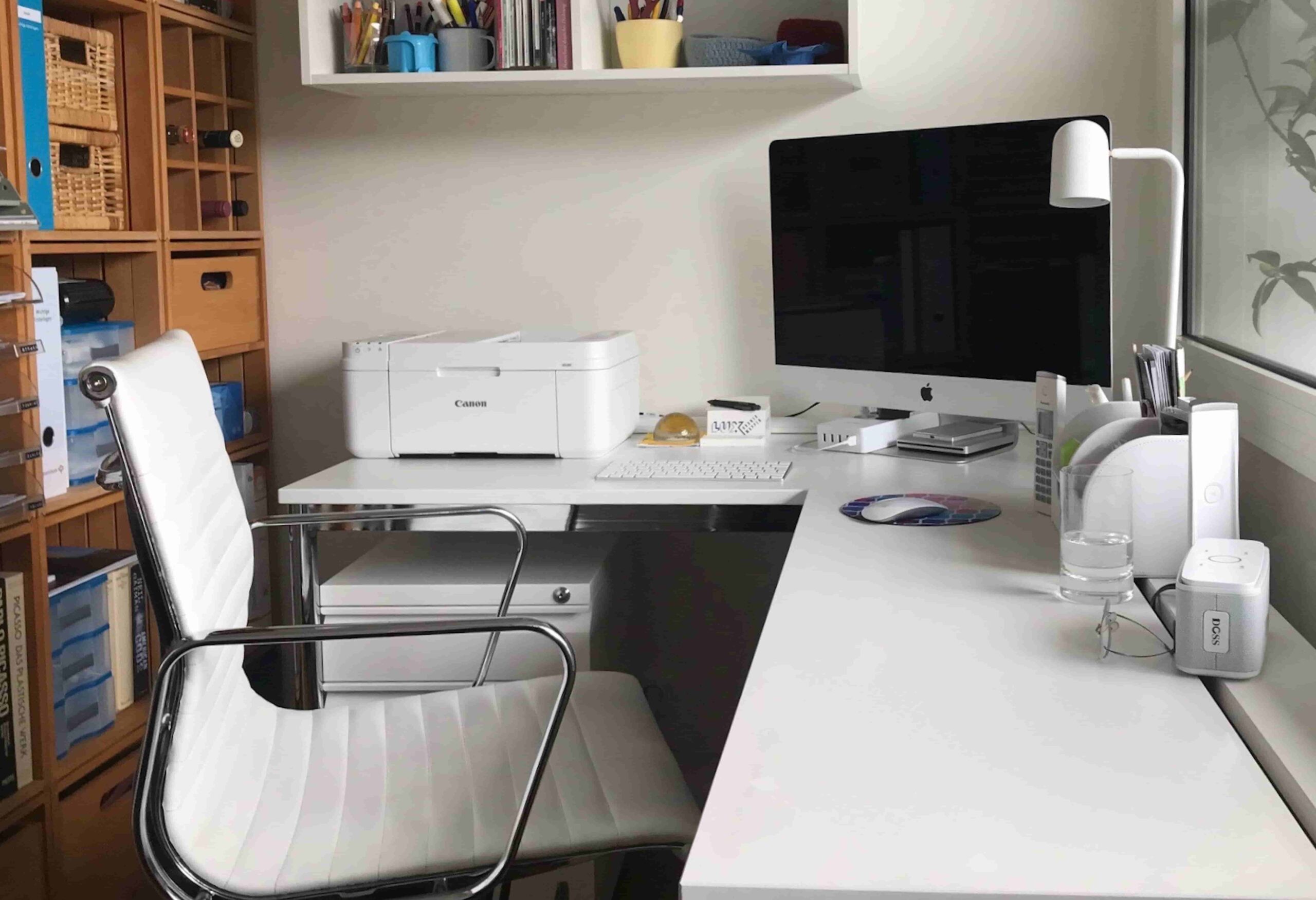Adobe has been one of the most authoritative tools to go for when it comes to PDF files. It’s a free, easy-to-use software program that lets you manage and print your PDF files.
However, one of the most common issues that most have encountered with Adobe Acrobat is losing access to your list of printers.
If your Adobe PDF printer is not working, fret not. Here are some fast and easy fixes that you can do to make it work again.

How To Fix Adobe PDF Printer Not Working
In most cases, reinstalling Adobe will do the trick. Regardless if you’re getting numerous or different errors than what you have researched for.
This includes errors such as Adobe Reader not found, not showing on your printer’s list, missing Adobe Printer driver, or PDF files missing from the printer list.
Before anything else, it’s best to note that with the latest technology we have on our computers, you won’t need Adobe anymore to manage or print your PDF files. This ability already comes built-in to your computer including Windows, Mac, Linux, and even smartphones such as iOS or Android.
Repair Adobe
If the Adobe printer is either offline or won’t show from your printer option list, there’s a good chance that the software itself is either damaged, its driver got altered, or simply misconfigured for no apparent reason.
To quickly fix this issue, you can either use the repair option that comes with Acrobat or uninstall and reinstall Adobe.
To run the repair option;
- Open Adobe Acrobat.
- Click “Help” and then click “Repair Acrobat Installation.”
- Once the repair is complete, attempt to print your PDF file once more.
If this doesn’t work, then we recommend fully uninstalling the software and deleting all of the files that came with it. Restart your computer, and then reinstall Adobe again.
Reinstall Adobe
If Adobe Acrobat’s PDF Printer repair option did not work, you can always try re-installing it.
For those that are not technically adept at what refers to reinstalling software, it means that you will delete or remove the software and then install it again. It’s like erasing everything you wrote on a piece of paper so you can use that paper to write on it again. This way, the software will be in a fresh state.
This process can be a little bit more complicated than the repair method, but it should not take you a minute or two to perform.
- Open the Windows Control Panel by pressing the “Windows” key button on the keyboard.
- Select “Settings” and then “Devices.”
- Then click on “Printers & Scanners.”
- Select “Add a Printer,” then “Add a Local Printer.”
- Search for Adobe PDF Printer. If you found the Adobe PDF Printer, select it. Otherwise, select “The printer that I want isn’t listed.”
- In the Add Printer dialog box, select “Add a Local Printer or Network printer with Manual Settings.”
- Click the “Use an existing port” option and then select an Adobe PDF file from the drop-down list of options that appears.
- Click the “Next” button. Click “Have Disk.” Click “Browse” and then navigate to the location “C:\Program Files (x86)\Adobe\Acrobat <version>\Acrobat\Xtras\AdobePDF.”
- Select “AdobePDF.inf” from the list.
- Click “Open” and then click “OK.”
- Finally, you will need to select an Adobe PDF Converter from a list.
Chances are that there will be a number of different versions that you can choose from. Nonetheless, each will have the same name but it’s best to note that each is designed for different versions of Windows.
In this case, click the sixth from the top (as recommended by Adobe), then click “Next.” If this doesn’t work, you will have to go back and select a different Adobe PDF Converter from this same list. This step might take you a few tries before you get the right one.
Once done and you finally got the right one, the next thing you need to do is to enter a name for your printer. In my case, I usually name it “Adobe PDF” so it’s easier to find and fix if any issue arises again.
Once done, the last thing you need to do is to follow the instructions that appear on the screen to finish installing the Adobe PDF Printer.
No Special characters For Filename
In some cases, the problem with Adobe PDF Printer not printing is simpler than we initially thought. Problems such as PDF files having a special character along the filename can cause some issues with printing the file through Adobe. Special characters such as the pound sign (#), left or right brackets { }, or an ampersand (&).
If your file contains any special characters in the file name, then it’s best to rename the file without any special characters, and then try to print again.
Close Background Programs
Adobe recommends keeping 50% of your computer’s resources available to the software when printing PDF files. So if your computer is running too many apps simultaneously and a couple more as background apps, these will hog the resources of your computer. Which then ultimately results in issues with the Adobe PDF Printer.
In this case, close all applications that are running in the background as well as those that you don’t need momentarily. Once done, check if the Adobe PDF Printer now works for you.
Use Another Printer
The common issue with Adobe PDF Printer is that it usually disappears from your printer list or simply lost support for the printer you have. In other cases, system updates as well as printer updates can cause issues with the files and drivers of the Adobe PDF Printer which ultimately results in it not working.
On rare occasions, the problem becomes the other way around. Meaning that the printer device just doesn’t work with the Adobe PDF Printer anymore. For cases like this, here are some troubleshooting you can perform;
- Ensure that your printer is properly connected to your computer. Unplug and replug the USB cables as well as the power cable.
- If your printer is attached to the network, make sure that your computer has access to print on the printer within your local area network.
- If your printer is wireless and is connected to your local Wi-Fi connection, ensure that the connection is stable and the wireless fidelity signal is communicating with the printer.
- Lastly, if the first 3 steps we mention don’t work for you, then connect the printer directly to your computer and attempt to print again.
Free software tools can be a headache sometimes and there’s not much we can do about it. That includes the Adobe PDF Printer despite being developed but a reliable software development company.
At this point, if the fixes we mentioned above did not do the job for you, then it’s best to consider consulting a technical specialist. Problems with file printing can range from a simple reconnecting of a loose cable to more complex driver or registry issues.
We highly recommend contacting either Apple Support for Max or iOS users, Microsoft Technical Support for Windows OS users, or the printer manufacturer.
Move File To Local Storage Drive
Another possible cause that most of us tend to ignore is the location of the file. Adobe actually recommends storing PDF files on a local hard disk. This means storing or moving the PDF files to a storage drive that’s directly connected to your computer and is not removable.
In some instances, PDF files that are stored on a removable drive can cause potential problems. This then will prevent you from opening, saving, or printing your PDF files. In a worst-case scenario, your files may end up being damaged or corrupted.
To reduce potential problems and damage to your files. Simply move your PDF file to a local storage drive and attempt to print your file once more.
Print PDF without Adobe
Computers nowadays are capable of printing PDF files without Adobe software. So if your Adobe PDF Printer is not working and all you need from it is to print your PDF files, fret not.
As a last resort, we highly recommend using your computer’s built-in capabilities to manage your PDF files. This includes using the built-in Internet browsers.
Internet browsers such as Microsoft Edge or Google Chrome have built-in functionalities to read PDF files as well as print them.
To print PDF files without Adobe;
- Double click on the PDF files that you wish to print on your printer.
- It will either ask you which software to use to read/open PDF files. In most cases, internet browsers as selected by default. If yours did not, select Microsoft Edge for Windows or Safari for Mac. If you have Google Chrome, that works too.
- Once the file is open, you will have various options that you can do with your PDF such as highlight, print, or embed.
Microsoft Edge and Safari both come with a built-in PDF reader. Both also allow you to open your local PDF files, online PDF files, or PDF files embedded in web pages. Furthermore, both browsers can also annotate these files with ink and highlighting.
Sources:
- https://helpx.adobe.com/photoshop/kb/troubleshoot-printing-problems.html
- https://support.hp.com/ph-en/document/c01879546
- https://smallbusiness.chron.com/adobe-doesnt-show-up-list-printers-64662.html


